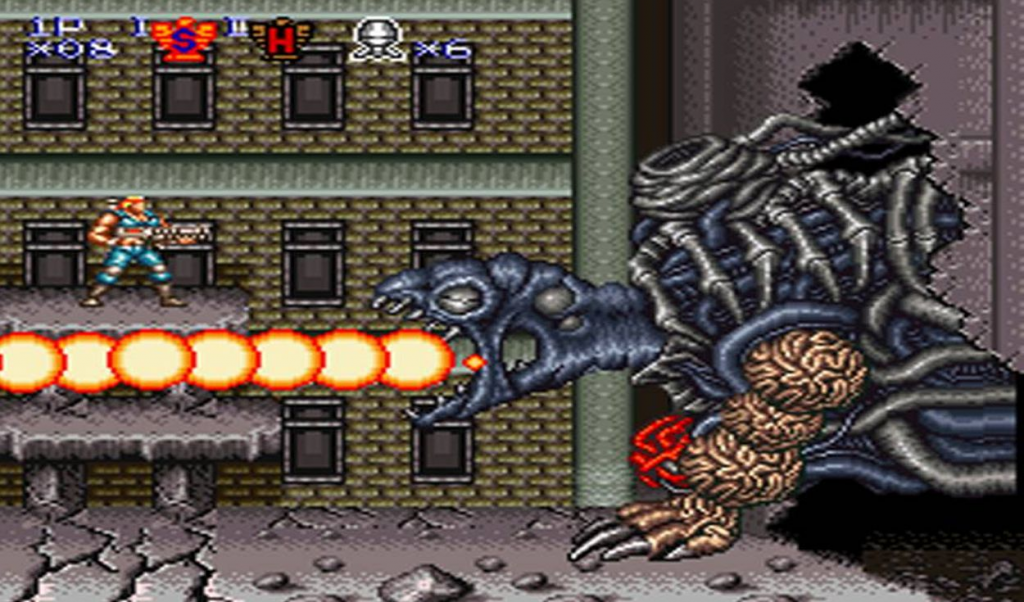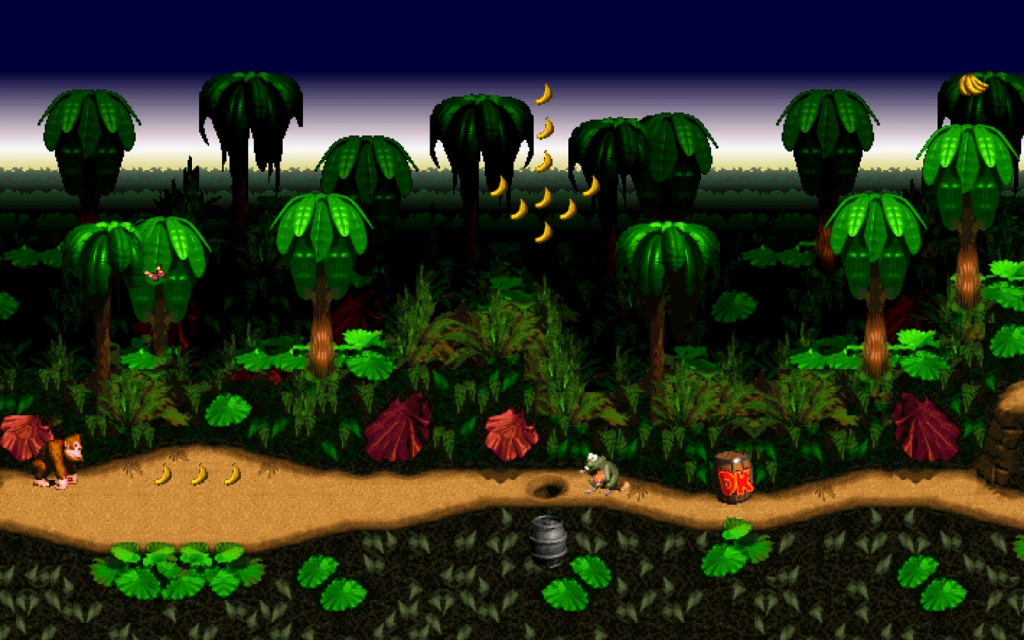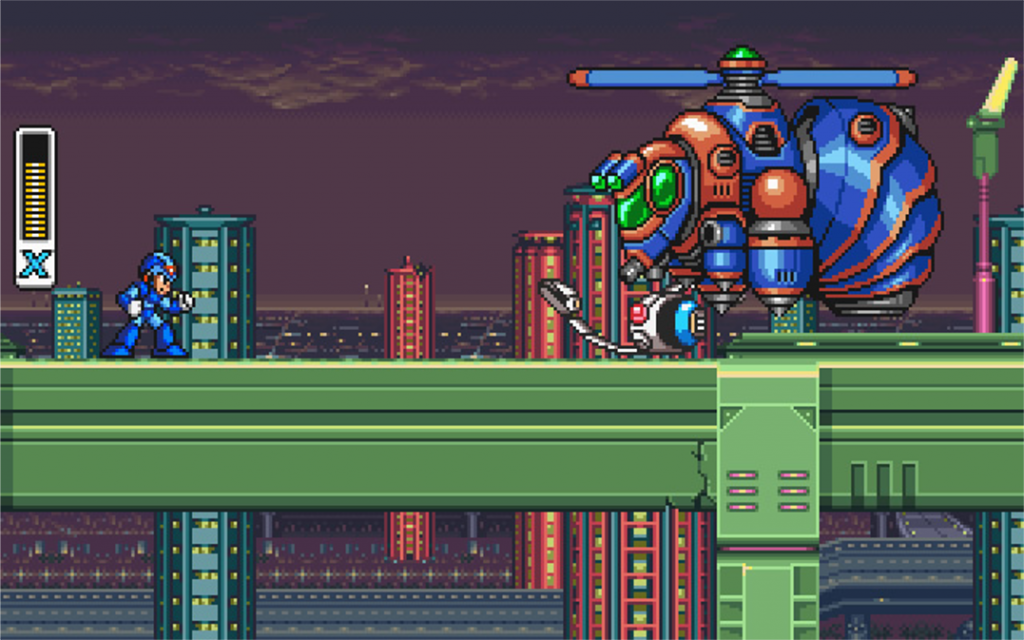The Super Nintendo Entertainment System or SNES, commonly shortened to Super Nintendo, is a 16-bit home video game console developed by Nintendo that was released in 1990 in Japan and South Korea, 1991 in North America, 1992 in Europe and Oceania, and 1993 in South America. In Japan, it is called the Super Famicom.
To compete with the popular Family Computer in Japan, NEC Home Electronics launched the PC Engine in 1987, and Sega followed suit with the Mega Drive in 1988. The two platforms were later launched in North America in 1989 as the TurboGrafx-16 and the Sega Genesis respectively. Both systems were built on 16-bit architectures and offered improved graphics and sound over the 8-bit NES. However, it took several years for Sega’s system to become successful. Nintendo executives were in no rush to design a new system, but they reconsidered when they began to see their dominance in the market slipping.
On September 9, 1987, then-Nintendo president Hiroshi Yamauchi revealed the development of the Super Famicom in the newspaper Kyoto Shimbun. On August 30, 1988, in an interview with TOUCH Magazine, he announced the development of Super Mario Bros. 4, Dragon Quest V, three original games, and he projected sales of 3 million units of the upcoming console. Famicom Hissyoubon magazine speculated that Nintendo’s early announcement was probably made to forestall Christmas shopping for the PC Engine, and relayed Enix’s clarification that it was waiting on sales figures to select either PC Engine or Super Famicom for its next Dragon Quest game. The magazine and Enix both expressed a strong interest in networking as a standard platform feature. The console was demonstrated to the Japanese press on November 21, 1988, and again on July 28, 1989.
Designed by Masayuki Uemura, the designer of the original Famicom, the Super Famicom was released in Japan on Wednesday, November 21, 1990, for ¥25,000 (equivalent to ¥27,804 in 2019). It was an instant success. Nintendo’s initial shipment of 300,000 units sold out within hours, and the resulting social disturbance led the Japanese government to ask video game manufacturers to schedule future console releases on weekends. This gained the attention of the Yakuza criminal organization, so the devices were shipped at night to avoid robbery.
With the Super Famicom quickly outselling its rivals, Nintendo reasserted itself as the leader of the Japanese console market. Nintendo’s success was partially due to the retention of most of its key third-party developers, including Capcom, Konami, Tecmo, Square, Koei, and Enix.
Nintendo released the Super Nintendo Entertainment System, a redesigned version of the Super Famicom, in North America for US$199 (equivalent to $400 in 2021). It began shipping in limited quantities on August 23, 1991, with an official nationwide release date of September 9, 1991. The Super Nintendo was released in the United Kingdom and Ireland in April 1992 for £150 (equivalent to £330 in 2021).
Most of the PAL region versions of the console use the Japanese Super Famicom design, except for labeling and the length of the joypad leads. The Playtronic Super Nintendo in Brazil, although PAL-M, uses the North American design. Both the NES and Super Nintendo were released in Brazil in 1993 by Playtronic, a joint venture between the toy company Estrela and consumer electronics company Gradiente.
The Super Nintendo and Super Famicom launched with few games, but these games were well received. In Japan, only two games were initially available: Super Mario World and F-Zero. Bombuzal was released during the launch week. In North America, Super Mario World was launched as a bundle with the console; other launch games include F-Zero, Pilotwings (both of which demonstrate the console’s Mode 7 pseudo-3D rendering), SimCity, and Gradius III.
In this episode, we are going to checkout the Best Super Nintendo Games Growing Up in the Philippines.
Why Top 6? Because Top 10’s are everywhere and Top 5’s are not rare. Do you know what sticks? It is my top 6!
But first, take a second to hit on the Subscribe button so you will never miss another episode of my weekly Top 6.
Now let us go through the list and let us see how many of your favorite Super Nintendo games I considered the best.
6. Contra III: The Alien Wars
1992 | Konami

Contra and its sequel Super C were among the best games released on the NES, so expectations were high for the Super Nintendo follow up. Thankfully, Konami delivered a game that upped the ante with even more ridiculous setpieces (like riding a motorcycle and a missile), better graphics than ever, and the series’ trademark tough-but-fair difficulty. There’s a reason why The Alien Wars is often called the best game in the long-running series.
5. Donkey Kong Country
1994 | Rare

Donkey Kong was the original face of Nintendo during the early arcade days, but by the time the Super Nintendo had rolled around, the big ape had been overshadowed by a certain Italian plumber. Meanwhile, the big ape hadn’t starred in a game in years, and Donkey Kong Jr., the original baddie’s son, only had a supporting role in Super Mario Kart.
Fortunately, Donkey Kong Country used then-revolutionary 3D sprites to bring new life to the character. At the time, no other game had the same level of detail. In fact, there still aren’t many games that look like it. Admittedly, the gameplay isn’t quite as smooth as many of the other contemporary Nintendo titles. At times, the game can be downright frustrating, but DKC is still worth the occasional playthrough, as are its many sequels.
4. Street Fighter II Turbo
1993 | Capcom

The ‘90s were the heyday of fighting games, but with a few exceptions, most of those titles have been long forgotten. Then there’s the classic Street Fighter II. Capcom stumbled onto something big with this sequel’s combo system, allowing players to strategize like never before and eke out victories when defeat seemed all but certain. Add in a cast of instantly iconic characters from around the globe and a pumped-up soundtrack, and you have the recipe for one of the best fighters ever made.
There have been a ton of Street Fighter games since this one, including plenty of updated versions of the second game, but Street Fighter II Turbo on the SNES is the ultimate version of the game. It’s also the game that introduced the mighty Akuma to the fighting world, so points for that, too.
3. Super Mario World
1991 | Nintendo

Back in the ’80s and ’90s, the debut of each new Mario game was meant to completely change our perceptions of video games. We had all played the NES Super Mario Bros. games at this point, and as beloved as they were, nothing could prepare us for World’s massive interconnected map and its numerous secrets. While the cape power-up wasn’t as revolutionary as Mario’s raccoon costume, the addition of Yoshi created tons of new strategies for playing a Mario game. And it can’t be overstated how mind-blowing the graphics and sound were compared to anything on the NES.
There’s a very good argument to be made that Nintendo still hasn’t made a better Mario game since Super Mario World. Even the better graphics and four-player co-op of the New Super Mario Bros. games haven’t topped this legendary platformer.
2. NBA Jam
1994 | Midway

There was a time when sports games didn’t try so hard to simulate the real thing while squeezing every last penny out of players through microtransactions. You used to just pick an NBA star (or maybe a Mortal Kombat character or a U.S. president), head to the court, and proceed to repeatedly jump 50 feet in the air to dunk on your opponents while setting the ball on fire. It was a simpler time.
NBA Jam is basketball in only the loosest sense of the word, but by throwing out most of the rulebook and focusing on action and pure fun, it morphed into a classic game that even players who care little for sports can enjoy.
1. Mega Man X
1993 | Capcom

With a whopping six games released on the NES, the original Mega Man series was getting a bit stale by the early ‘90s. Mega Man X injected new life into the series with a more mature protagonist and faster gameplay that allowed him to dash and climb. Still, the basic combat and ability to choose which robot master to face next ensured that Mega Man X didn’t stray too far from its roots.
A ridiculous number of sequels have followed in the X series (and multiple other Mega Man subseries), and while X2 and X3 on the SNES are also fine games, there’s a very good argument to be made that Capcom still hasn’t surpassed the original Mega Man X as the best game in the entire franchise.
And that’s it for my Top 6 Super Nintendo games growing up in the Philippines and a big thanks for watching. Did I miss some of your favorite games? Let me know by commenting below!

